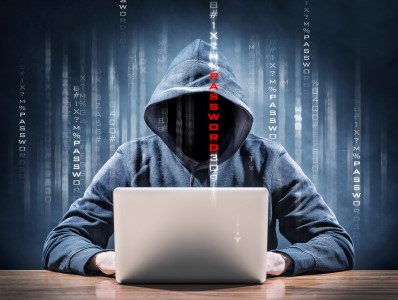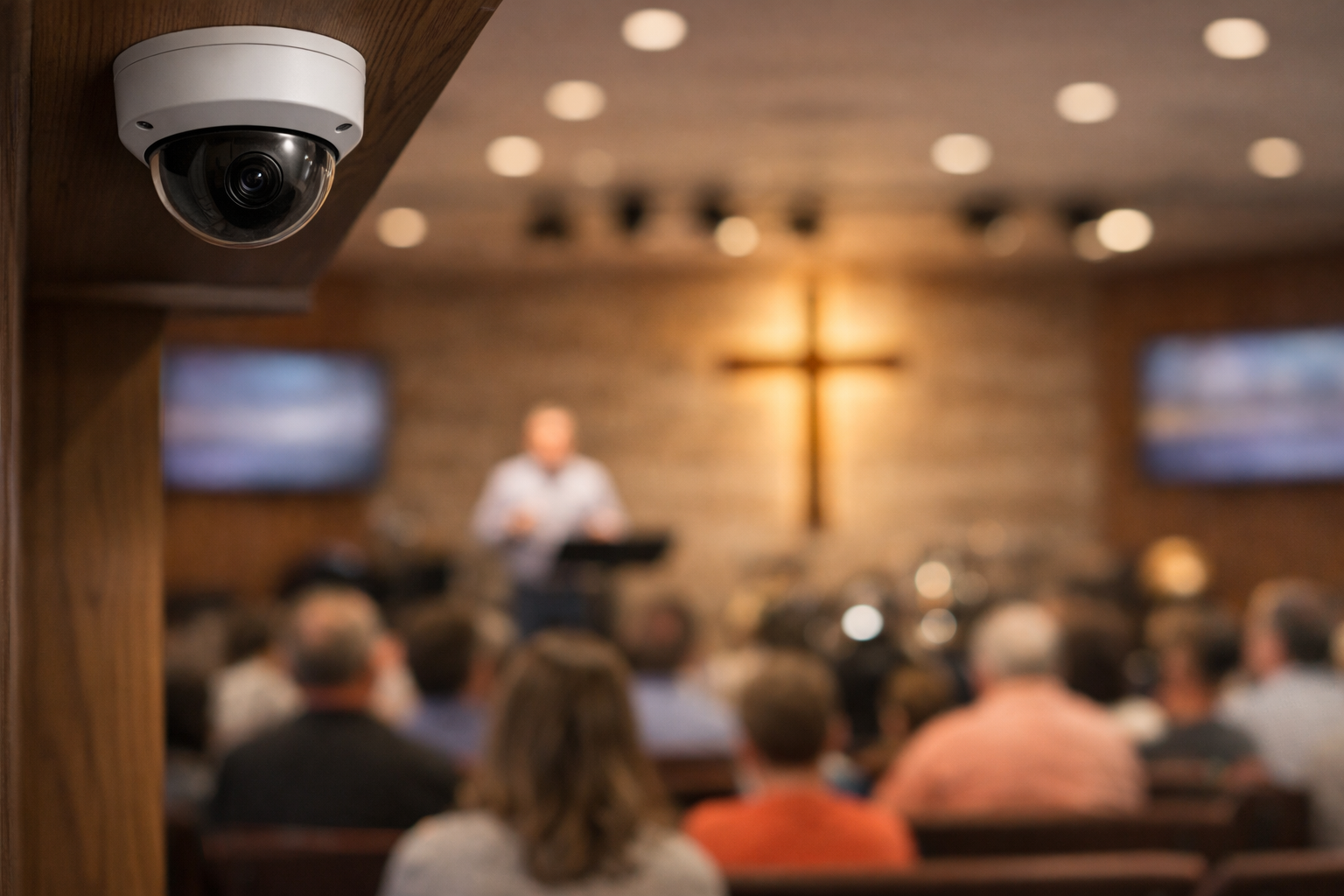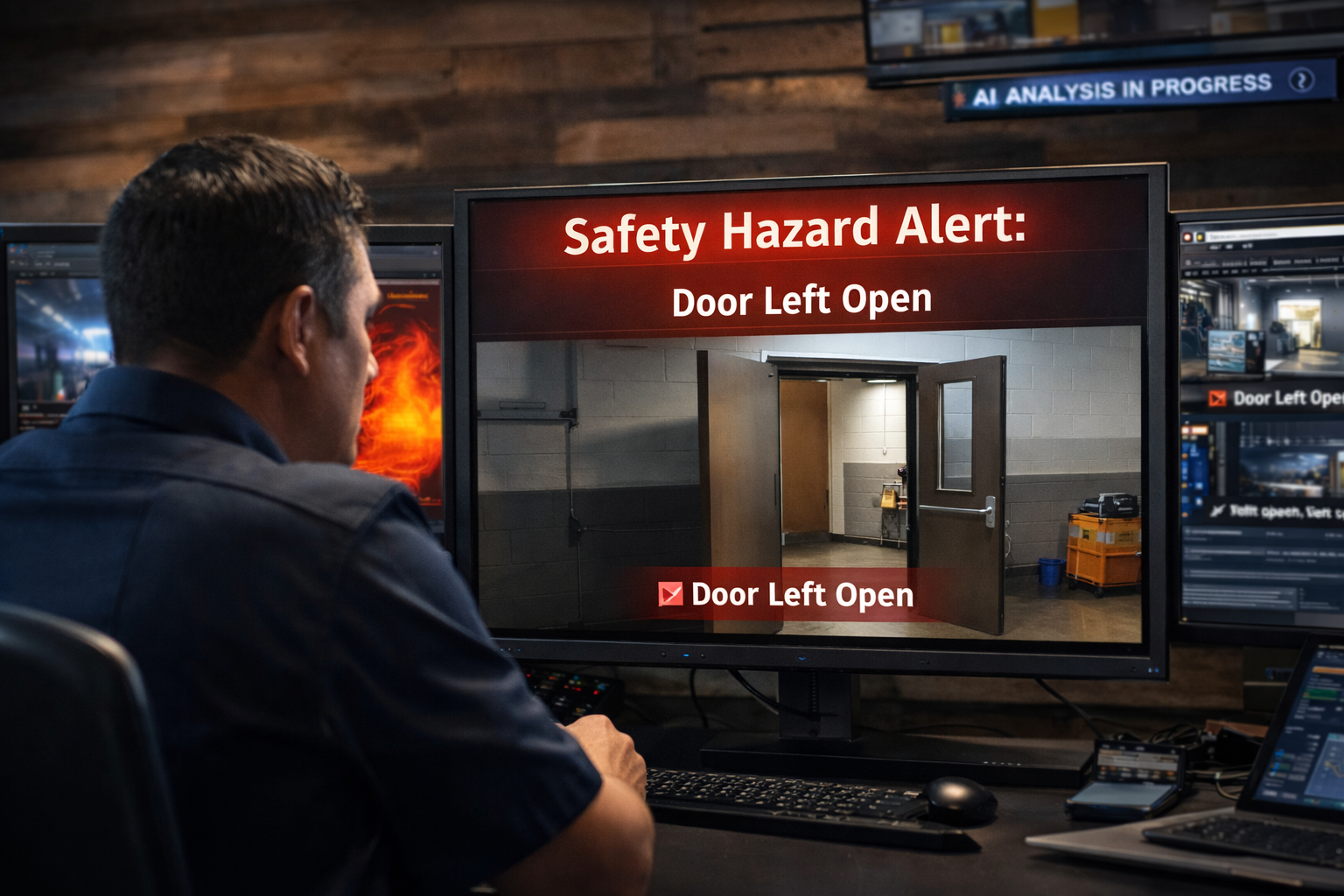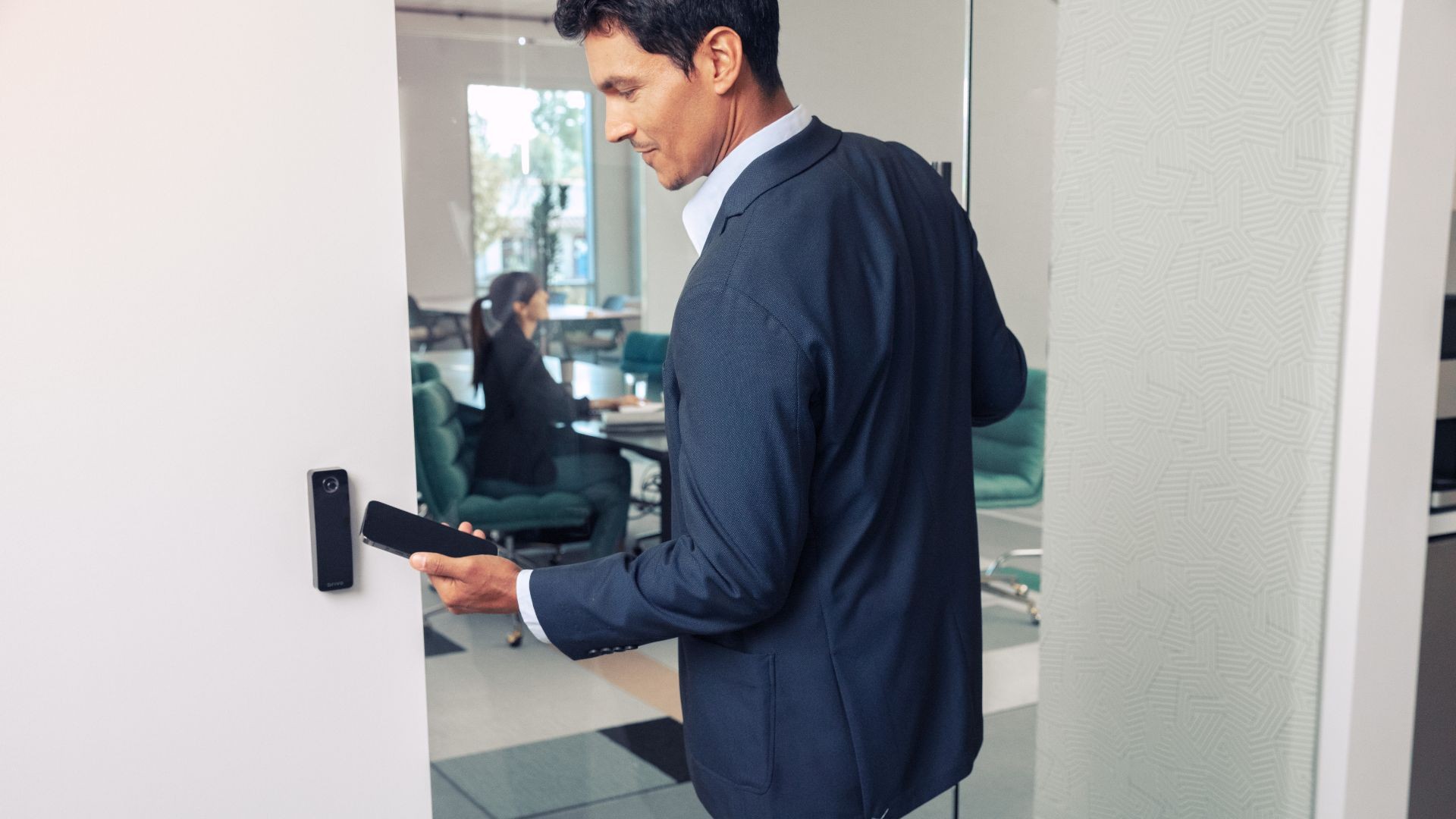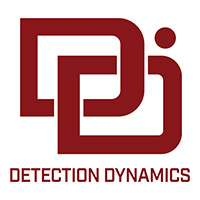Cybercrime is becoming one of the biggest threats to businesses. A notable example is the data breach in 2013 that cost retail chain Target at least $105 million – not a huge sum for a successful international retailer, but it’s impossible to gauge how that breach may have damaged Target’s reputation and driven consumers away.
The term “cybercrime” brings to mind hackers in remote locations, attempting to weasel into virtual company data centers. But what’s often overlooked is physical security – that is, making sure servers, computers and other equipment is protected from thieves. Access control systems such as keypads or key-fob entry systems can help shield valuable data from theft or tampering.
Preventing inside jobs
A cyberattack on Sony Pictures in 2014 wiped out all information stored on about half of the company’s 6,797 personal computers and on 1,555 servers, according to Fortune Magazine’s Peter Elkind. In his three-part story about the breach, Elkin wrote that Sony’s first-floor IT offices were protected only by an unmanned reception desk when a security threat intelligence team visited the company three weeks prior to the attack. Unattended computers in unlocked offices were easily accessible to anyone.
Investigators later determined that the Sony hackers had an accomplice within the Sony organization who had physical access to data.
Access control systems might have prevented the Sony breach, because systems can be programmed to permit access to a building or office only when that employee is scheduled to be there. Server rooms and IT closets can be outfitted with additional keyless entry systems that allow only authorized personnel to access those areas.
Backup measures
The best security systems are those that have multiple layers of protection, so while access control alone can minimize risk, it’s even more effective when combined with security cameras. If a thief should manage to enter the premises with a stolen employee key fob, security cameras might be able to provide a clear image of the intruder.
The human factor
In an office building where many businesses share space, a front security desk or reception desk may be inadequate to keep intruders from getting into the building, because the person manning that desk will occasionally need to leave his or her post. Additional security measures like keyless entry systems and surveillance cameras can help protect businesses from threats.
